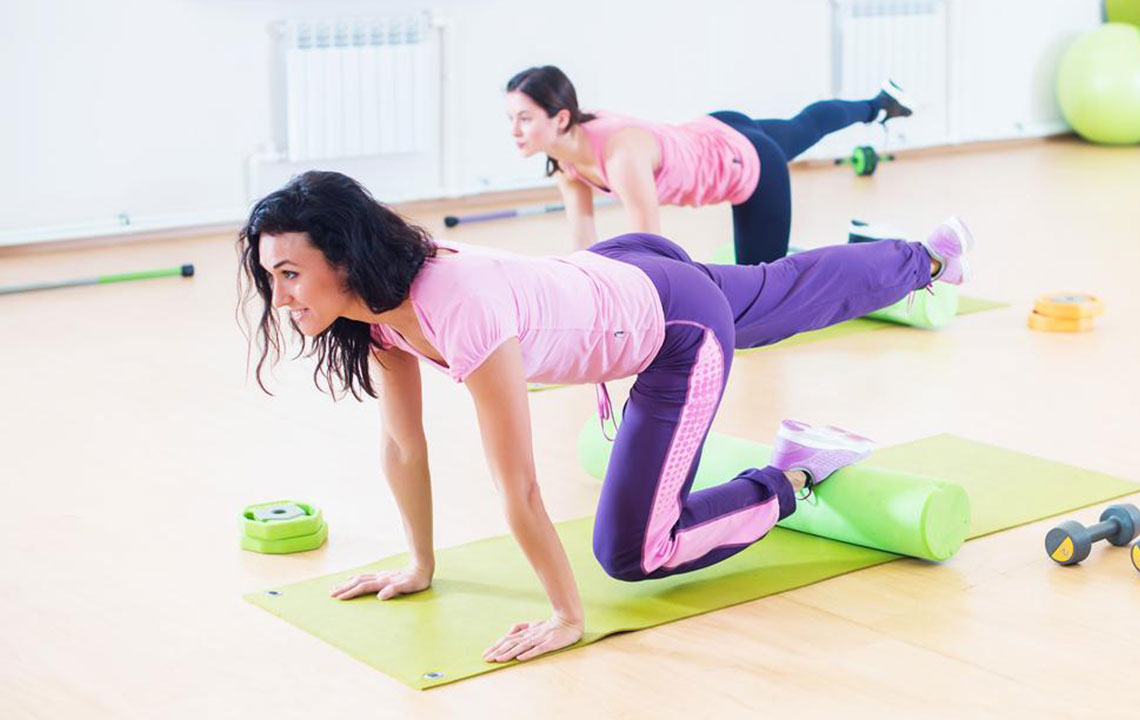Ultimate Guide to Pelvic Floor Exercises: Boost Bladder Control and Promote Pelvic Health
Discover how targeted pelvic floor exercises can improve bladder control, prevent incontinence, and strengthen pelvic health. Learn about effective techniques and innovative devices that make training easier and more effective. This comprehensive guide offers valuable insights for anyone aiming to boost pelvic strength and ensure long-term urinary health.

Understanding the Importance of Pelvic Floor Exercises
Pelvic floor exercises are essential for maintaining urinary and bowel health, especially as we age. The pelvic floor muscles form a supportive network at the base of the pelvis, acting like a hammock that holds organs such as the bladder, uterus, and rectum in their proper positions. When these muscles weaken due to various factors, it can result in issues like urinary incontinence, urgency, and even prolapse. Strengthening these muscles through targeted exercises can significantly improve bladder control, help manage incontinence, and enhance quality of life.
Weak pelvic floor muscles are a common problem among women, particularly those who have experienced pregnancy, childbirth, or menopausal changes. Excess weight, chronic coughing, heavy lifting, and aging also contribute to muscle weakening. To combat these challenges, implementing a consistent pelvic floor exercise routine is recommended. Utilizing specialized devices, like pelvic trainers, provides an effective way to identify and activate these muscles properly, ensuring better results and reducing the risk of injury.
Before beginning exercises, it's important to understand how to locate the correct muscles. One effective method is to try stopping urination midstream—this helps isolate the pelvic floor muscles involved in urination control. However, this should only be used occasionally for muscle identification, as regular practice might disrupt normal bladder function. Always perform exercises with an empty bladder, ideally in a quiet, relaxed environment, to maximize focus and effectiveness.
Proper technique is crucial for optimal results. When contracting the pelvic floor muscles, avoid engaging the abdominal, back, or gluteal muscles. Focus solely on the pelvic muscles, lifting and squeezing them gently and steadily. Maintaining this contraction for a few seconds before relaxing is the general recommendation. Progressive training, gradually increasing the duration and repetitions, enhances muscle strength and endurance over time.
Recent advancements in pelvic health technology have introduced innovative devices to support training. For example, electronic trainers like the Elvie utilize sophisticated sensors and AI algorithms to provide real-time feedback, guiding users through correct technique and tracking progress. These devices are discreet, user-friendly, and tailored to individual needs, making pelvic floor exercises more effective and accessible. While some of these tools are premium-priced, their benefits in improving pelvic health can be well worth the investment.
In conclusion, incorporating pelvic floor exercises into your daily routine is a proactive step toward better bladder control and overall pelvic health. Whether through traditional exercises or modern training devices, consistency and correct technique are key. Maintaining strong pelvic muscles not only alleviates common issues like incontinence but also supports the stability of pelvic organs, enhancing confidence and quality of life at any age.





